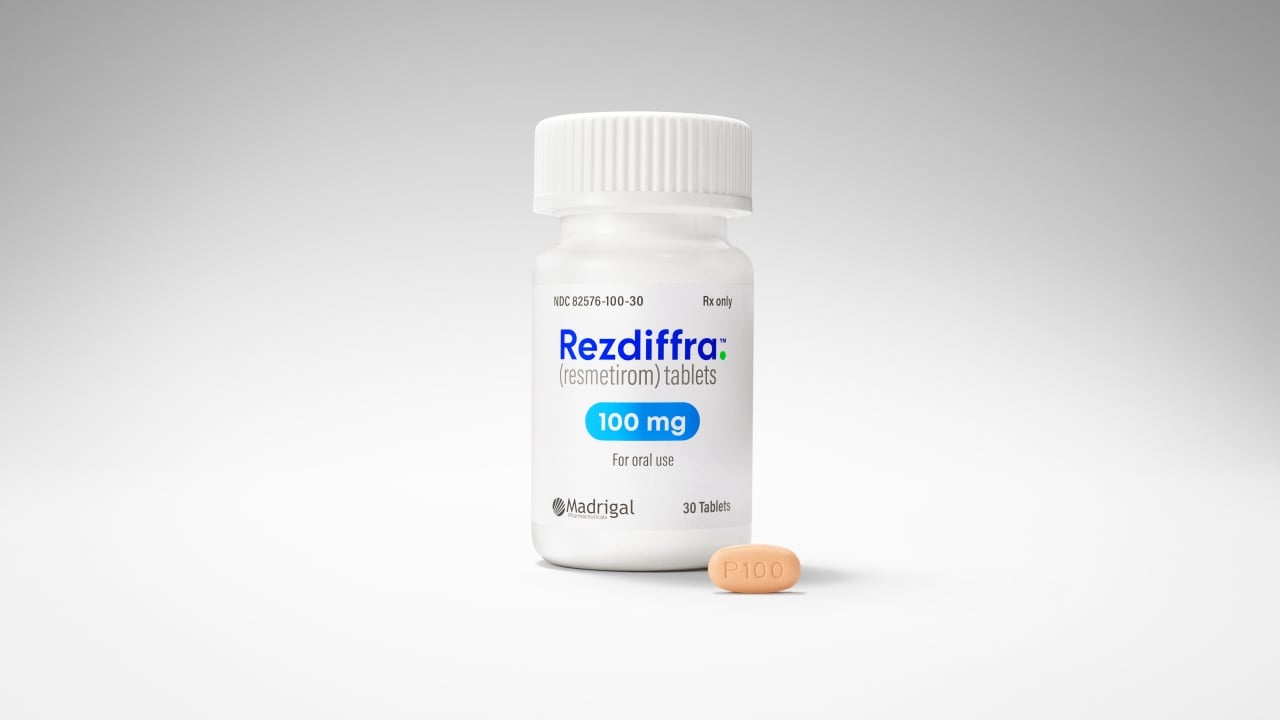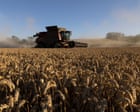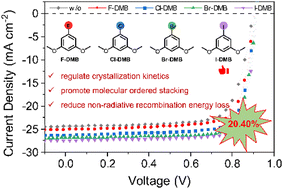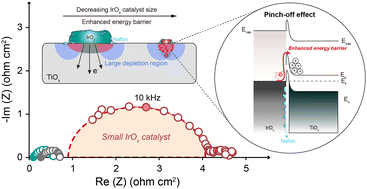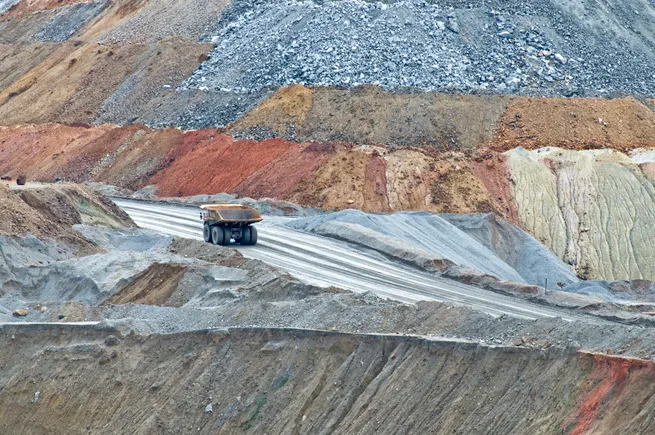7 Climate-Resilient Crops to Grow This Year
Join Master Naturalist Sarah Jay to learn about the climate-resilient crops you can grow for a sustainable foodscape. The post 7 Climate-Resilient Crops to Grow This Year appeared first on Modern Farmer.

In an era of unpredictable weather patterns, adaptability is key to success. As temperatures rise, rainfall becomes erratic, and growing seasons shift erratically, introducing climate-resilient crops into your rotation is essential for the survival of any farm.
Farmers choose hardy varieties that offer protection against extremes of drought, flooding, and temperature fluctuations that challenge modern agriculture. Coupled with water-conservation techniques and adaptable planning, high yields are possible even within the frame of climate uncertainty.
Why Climate Resilience Matters Now

According to the National Climate Assessment, extreme weather events have increased in frequency and intensity, directly impacting crop yields and quality. Farms implementing climate-resilient practices experience less crop loss during extreme weather events compared to those using conventional approaches.
Climate-resilient crops thrive in tough conditions. These varieties often require fewer inputs and maintain productivity, making them economically beneficial in addition to being environmentally sound. By diversifying with these adaptable crops, you’re investing in your farm’s long-term viability.
Drought-Defying Quinoa

Quinoa has emerged as a standout performer in water-limited conditions. With its extensive root system and unique vesicles on its stem and leaves that store water, this Andean grain efficiently manages moisture in ways most traditional crops cannot. These adaptations allow quinoa to thrive in regions with little annual rainfall.
Modern quinoa varieties have significantly improved in both yield potential and heat tolerance. Research on quinoa indicates that selected quinoa varieties can produce reliable yields with minimal irrigation – even in the hottest equatorial climates. This makes it particularly valuable for regions experiencing declining water tables or increasingly unpredictable rainfall patterns.
As an added benefit, quinoa displays remarkable tolerance to poorer soils, a growing problem in many agricultural regions due to changing precipitation patterns and rising water tables. Its versatility in the marketplace provides stable marketing channels that help buffer against market volatility.
‘Oro de Valle’ and ‘Brightest Brilliant‘ quinoa varieties are perfect for large scale farms, as they respond well to mechanical harvesting. They also demonstrate consistent performance in varying conditions, and mature in 90-120 days. For smaller farms, ‘Cherry Vanilla’ and ‘Red Head’ varieties offer excellent drought resistance. For market farms, these provide a gourmet appeal, marketable to both restaurants and individual customers.
Heat-Tolerant Cowpeas

Cowpeas (also known as black-eyed peas) are some of the most heat-resilient legumes available to modern farmers. These nitrogen-fixing powerhouses continue to grow even when temperatures exceed 100°F (38°C). New research indicates cross-breeding cultivars with their wild parent species has promising results, showing pod set even in heat that cultivated varieties can’t handle.
The crop’s rapid growth, maturing in just 60-90 days, allows farmers to fit cowpeas into smaller rotation windows. This adaptability has made cowpeas increasingly popular in southern farming regions where continuous heat is increasingly normal.
Beyond their heat tolerance, cowpeas contribute 70-150 pounds of nitrogen per acre when incorporated as a cover crop, reducing fertilizer needs for subsequent plantings. Their dense canopy also suppresses weeds effectively, addressing the challenge of excessive weed growth that worsens with changing climate conditions.
Larger farms choose ‘Iron & Clay’ and ‘Red Ripper’ cowpeas, which continue to grow pods even when temperatures exceed 100°F (38°C). These handle mechanical harvesting easily. Smaller farms often opt for ‘California Blackeye #46’ for heavy yields, or the compact ‘Queen Anne’ variety, which excels even in cold weather.
Flood-Resistant Rice Varieties

For farmers in low-lying areas or regions experiencing higher rainfall at more condensed rates, genetically-modified, flood-resistant rice varieties offer a solution. Varieties developed through the International Rice Research Institute survive complete submersion for up to two weeks. Most rice varieties typically die after just three days underwater.
These “submergence-tolerant” varieties contain the SUB1A gene, which essentially puts the plant into a dormant state during flooding, conserving energy until floodwaters recede. Field trials across multiple states show these varieties yield 60% more than standard varieties in flood-prone areas, with minimal yield penalties under normal conditions.
As for varieties already on the market, here are a few. Industrial-scale farms in low-lying areas with higher rates of precipitation successfully adopted ‘Rex’ and ‘Jupiter’ varieties from the LSU AgCenter. For smaller operations, ‘Charleston Gold’ from Anson Mills and ‘Carolina Gold’ offer excellent flood tolerance while fitting nicely into specialty markets.
Perennial Wheat: The Long-Term Approach

Perennial wheat is one of the most innovative approaches to climate-resilient farming. Of particular interest is the Kernza® variety, developed by the Land Institute. Returning year after year (for three to five years), these crops develop root systems three times deeper than annual wheat, accessing water and nutrients unavailable to conventional varieties.
This extensive root system protects wheat plants against both drought and flooding while significantly reducing soil erosion. This is a crucial development as extreme rainfall events become more common.
The only pitfall here is the slightly lower harvest rate. But the reduced input costs (no-till required, no need for re-planting, and lower fuel costs) make perennial wheat a good trade-off. For farmers who want to reduce their workload and promote climate resilience, integrating perennial wheat into portions of the farm is worth consideration.
Lupine: Nitrogen-Fixing Powerhouse

Flower farmers know the toughness, resilience, and nitrogen-fixing capability of this gorgeous bloom. Lupine’s remarkable drought tolerance stems from its deep taproot system that extends up to six feet into the soil profile, accessing moisture unavailable to shallow-rooted crops.
Sundial lupine can handle annual rainfall as low as 12 inches. Lupine is a great cover crop for food-producing farms, as it fixes up to 350 pounds of nitrogen per acre. Incorporating a strip of native lupines increases pollination of fruit-bearing crops, and supports the local ecosystem. Native bees and hummingbirds flock to lupines in droves.
Sweet white lupine varieties offer exceptional climate resilience and also build soil structure. These have been developed for their edibility as well. ‘Dieta’ has consistent performance and a sweet flavor that makes the seeds optimal for the Italian snack known as lupini. It’s a snack typically served with pickled vegetables, olives, crackers, and cheese.
Resilient Root Crops: Sweet Potatoes

Sweet potatoes are climate champions, demonstrating exceptional tolerance to both drought conditions and high concentrations of moisture. The tubers penetrate compacted soils better than most crops, accessing water below the surface level.
Modern varieties developed by North Carolina State University exhibit improved disease resistance while maintaining their natural heat-resilience. As moisture content in soil fluctuates in shifting climate patterns, disease-resistances are increasingly important.
Studies on sweet potatoes show promise in their ability to recover from drought. They resume growth after drought periods that would permanently damage other crops. Combined with growing consumer demand and relatively stable pricing, sweet potatoes are a well-rounded option.
‘Georgia Jet’ is a high-yield variety that offers reliable harvests. ‘O’Henry’ sweet potatoes have either white or pink flesh, and excellent storage characteristics. Both are great, climate-adaptive varieties.
Almonds: Adapting Tree Crops for Climate Change

Few trees demonstrate the climate adaptation potential of specially selected almond varieties. While traditional almonds have high irrigation needs, newer drought-tolerant rootstocks can handle a little drought. ‘Nonpareil’ almond trees are one such variety. These trees were the top almond variety in the 2018 Almond Conference. They are the choice for orchardists to interplant with other varieties and boost production.
Improved varieties feature drought-tolerance, smaller structures, and improved flavor. Their ability to withstand temperature fluctuations has also improved, with some newer cultivars showing enhanced frost tolerance, while still performing well during summer heat.
Final Thoughts
By incorporating climate-resilient crops into your rotation, you prepare for next season’s climate pressure and build a more sustainable and adaptable system in the long term. Start with small trials to determine which varieties work best with your specific soil conditions and microclimate, then scale up based on performance. The future of farming belongs to those who adapt!
‘An Insane Amount of Water’: What Climate Change Means For California’s Biggest Dairy District
Tulare County is the largest dairy producer in California and the US. But as climate change exposes the region’s vulnerability, could the industry collapse under its own weight?
The post 7 Climate-Resilient Crops to Grow This Year appeared first on Modern Farmer.






















































